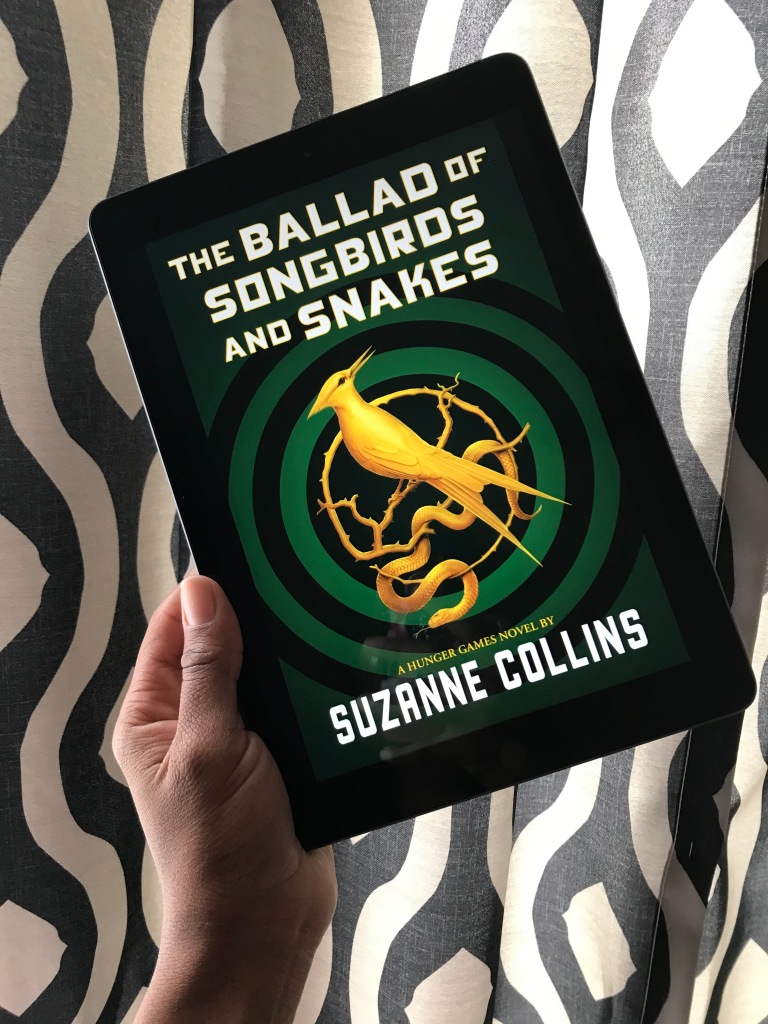The intricate tapestry woven in “The Ballad of Songbirds and Snakes” invites readers into a world where ambition, power, and morality collide amidst the backdrop of a dystopian society. This prequel to the wildly popular “Hunger Games” series serves as a profound exploration of the genesis of the enigmatic President Coriolanus Snow, providing a fresh lens through which we assess the nature of villainy and the formative experiences that can sculpt one’s destiny.
At its heart, the narrative thrives on a central metaphor: the songbird symbolizes innocence and beauty, while the snake embodies cunning and survival instincts. Through this duality, the author masterfully engages in the age-old dichotomy of good versus evil, making readers ponder whether one’s environment or choices shape their core identity. The titular songbirds signify hope, showcasing that even in a world rife with desolation, there exists a glimmer of beauty that can inspire and uplift.
Set against the tumultuous backdrop of the 10th Hunger Games, the story unfolds with Coriolanus Snow as a young man grappling with the weight of his family’s legacy. Once opulent and influential, the Snow family finds themselves grappling with financial ruin, a situation that profoundly influences the young Coriolanus’s psyche. His desperation to reclaim his family’s position in the Capitol propels him into a web of political machinations that require not only cunning, but also a willingness to embrace moral ambiguity.
As the intricacies of the Games unfold, readers are thrust into a world that is as visceral as it is captivating. The author meticulously crafts the atmosphere of the Capitol, utilizing poignant imagery to depict an environment that breathes excess and opulence, juxtaposed against the stark elements of the districts. It is within this juxtaposition that Coriolanus operates, navigating the treacherous waters of alliances and betrayals that define his path. The Games serve as a microcosm of society, reflecting larger themes of class struggle and the pervasive influence of power dynamics.
Coriolanus’s relationship with his tribute, Lucy Gray Baird, further accentuates the metaphorical resonance of songbirds and snakes. Lucy Gray embodies a spirit that is both untamed and captivating, a songbird in a world that seeks to silence such voices. Their interactions are imbued with tension and complexity, as Coriolanus is drawn to her vibrancy while simultaneously recognizing the peril that surrounds her presence. This duality serves to highlight the internal conflict within him—a battle between his aspirations for power and the desire for genuine connection.
The author deftly explores themes of identity and moral ambiguity through Coriolanus’s character development. As the narrative progresses, the layers of his persona unfold, revealing a young man who is fiercely intelligent yet haunted by insecurities. His transformations are reminiscent of the metamorphosis of a snake shedding its skin, ultimately culminating in a profound revelation about the choices he makes and the consequences they entail. Readers witness him oscillate between compassion and ruthlessness, embodying a complexity that is both relatable and unsettling.
The literary craftsmanship evident in this novel cannot be overstated. The author employs rich, evocative language, creating a vivid tableau that is both immersive and thought-provoking. The narrative is interspersed with historical allusions and philosophical musings, elevating it beyond mere entertainment to a powerful commentary on the human condition. The poignant moments are not merely plot-driven; they resonate with philosophical inquiries that challenge readers to reflect upon the nature of power, the ethics of survival, and the cost of ambition.
Moreover, the pacing of the story, with its fluctuating rhythm between moments of tension and introspection, mirrors Coriolanus’s tumultuous journey. Just as the Games oscillate between spectacle and brutal reality, so too does the narrative engage readers with its dual devotional allure—simultaneously inviting us to cheer for Coriolanus’s ambitions while contemplating the moral decay that accompanies them. The rollercoaster of emotions experienced alongside the characters makes it impossible for readers to remain passive observers; there is an imperative realization that we are all implicated in the societal structures that dictate our behavior.
This novel also sheds light on the importance of media representation and perception in shaping public figures—an idea that resonates powerfully in today’s socio-political climate. As Coriolanus grapples with crafting a “star” out of Lucy Gray for the Capitol’s audience, the story becomes a commentary on how narratives are manipulated. This raises unsettling questions about authenticity versus performance: how much of a person is inherently genuine, and how much is merely a façade polished for public consumption?
In conclusion, “The Ballad of Songbirds and Snakes” serves not only as a prequel to a beloved series but also as a compelling examination of the complexities of human nature. Through intricate metaphors, vibrant characters, and thought-provoking themes, readers are treated to a multifaceted exploration of what it means to be human in a world rife with challenges and moral quandaries. As we plunge deeper into Coriolanus Snow’s psyche, we find ourselves entangled in a narrative that lingers long after the final page is turned, prompting the question: in the grand tapestry of life, are we songbirds enduring the storm or snakes perpetually navigating a web of complexity? This question, much like the book itself, is beautifully complex and eternally open to interpretation.
